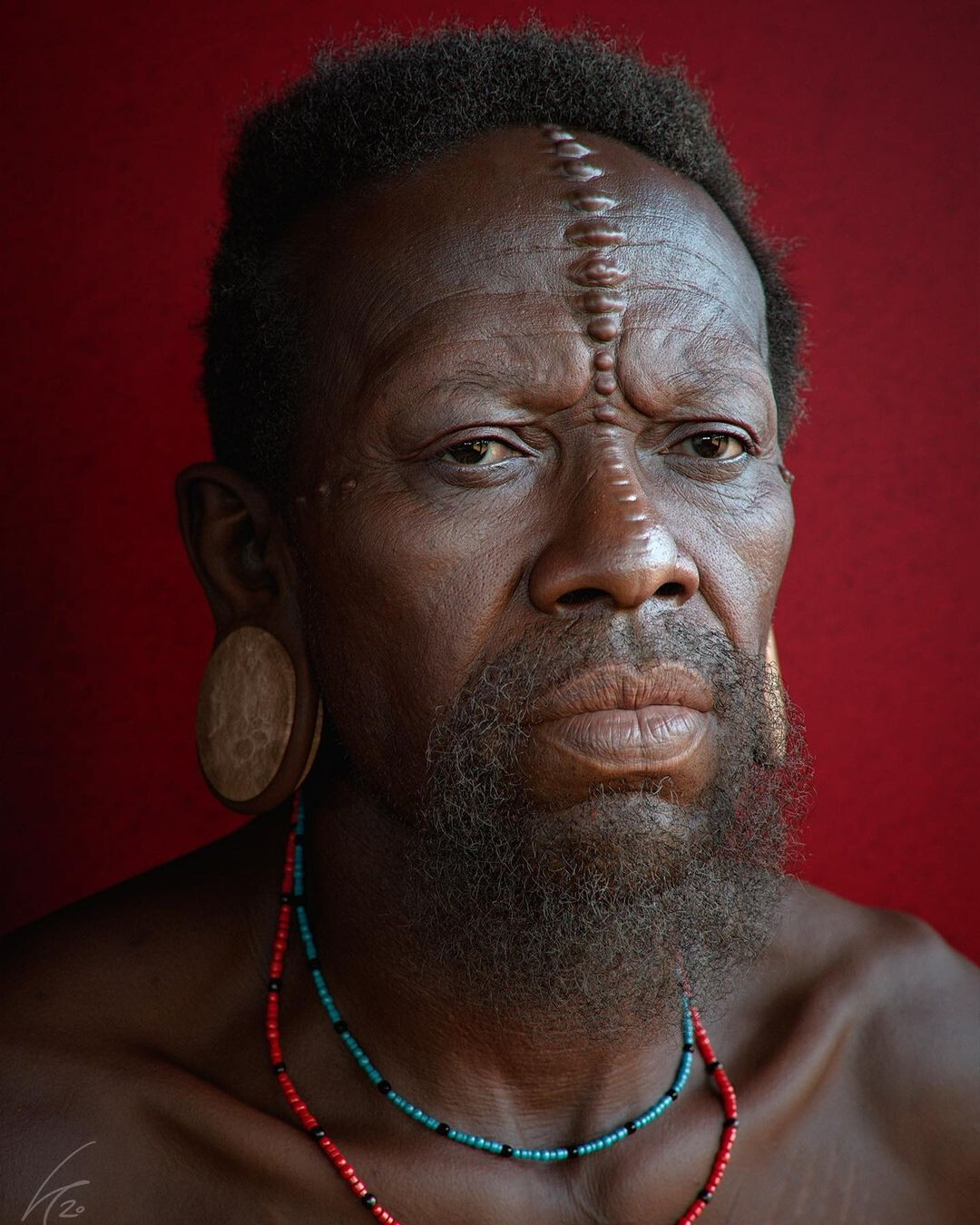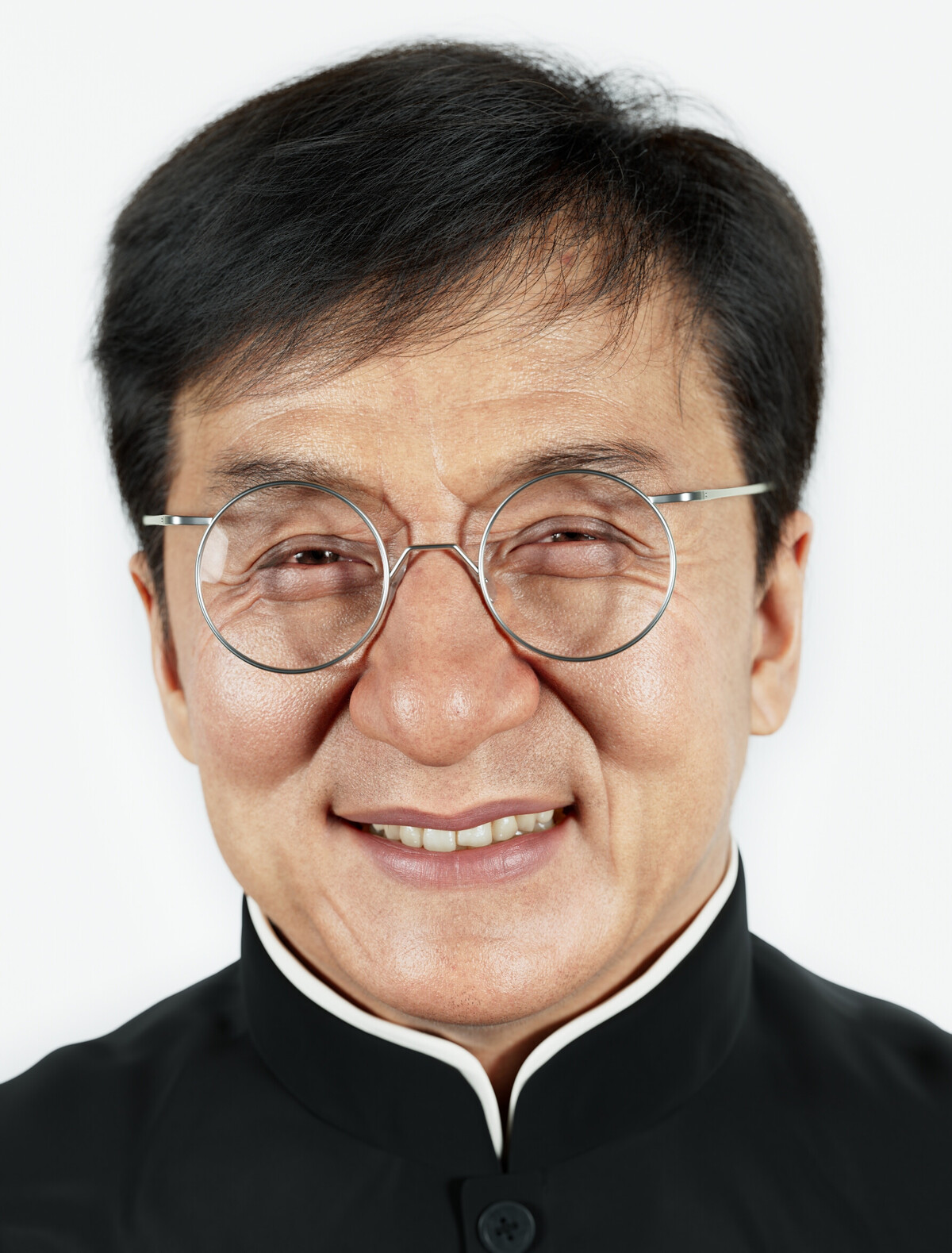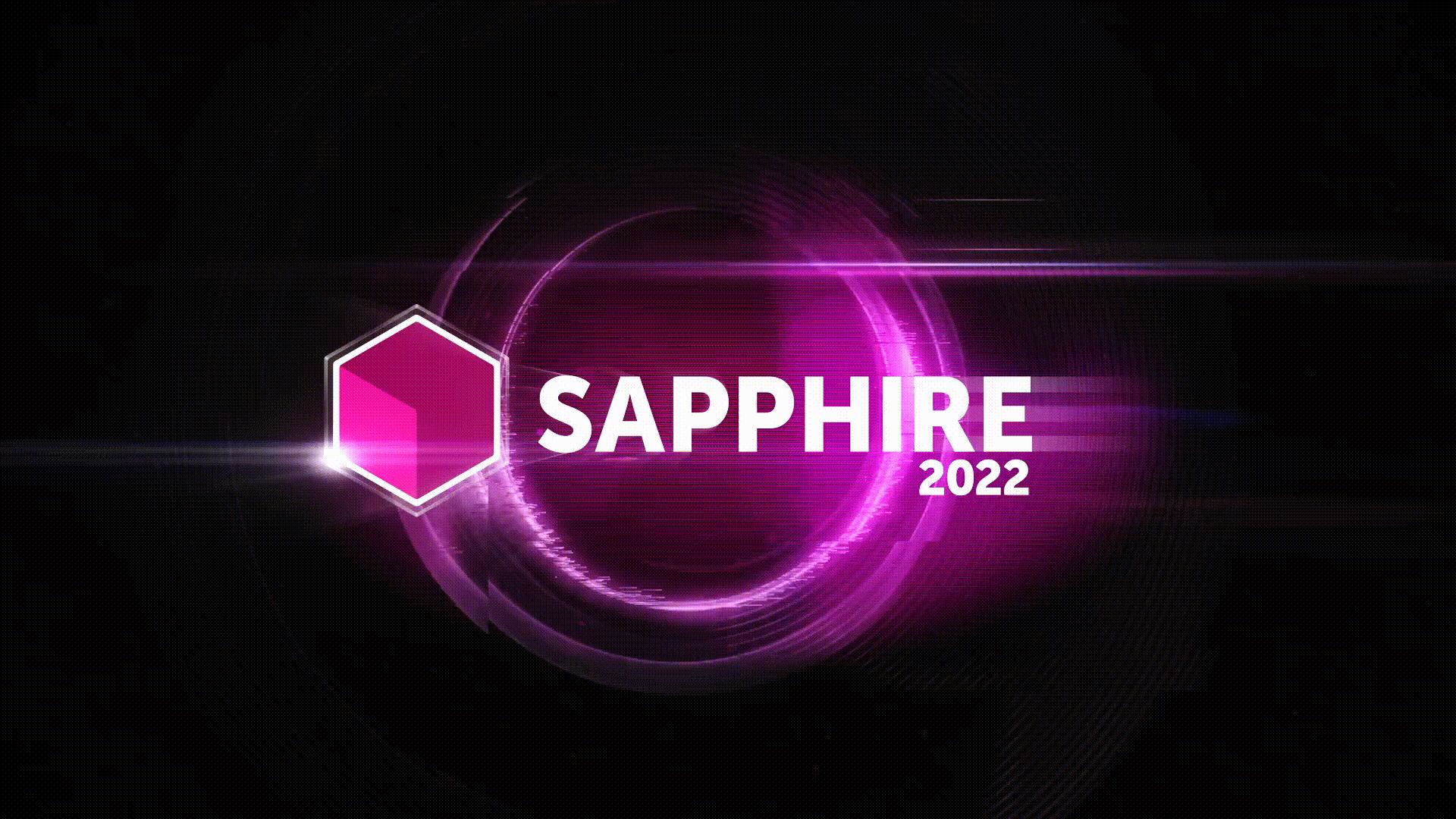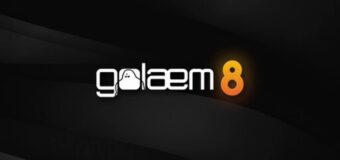Arnold 7.0 release
Arnold 7.0, the latest version of the visualisation tool, has received the integration of Open Image Denoise (OIDN), a CPU-based noise reduction infrastructure trained by Intel artificial intelligence.
It is provided in parallel with the old Arnold CPU-based noise reduction and Nvidia Optix GPU-based noise reduction.
Both OIDN and OptiX noise reduction can use the new Arnold 7.0 Noise_albedo_noisy AOV, which adds mirror reflections and refractions to the albedo, potentially improving noise reduction quality.
Arnold 7.0 also extends the “imager” post-processing node structure introduced in Arnold 6.1 last year. In addition to OIDN noise reduction, we have image_color_curves for colour correction, which provides separate control curves for individual RGB components and overall brightness.
The existing image “shaper” has been given a new LUT mode for applying LUT-based views to images.
LUTs can be applied in any format supported by the OpenColorIO 2 colour management standard, which Ardold was one of the first VFX applications to support, amongst others, .cube, .look, 3dl and .clf files.


In addition, full-frame image shapers are now updated during rendering, giving a preview of the chain output before the entire frame has been rendered.
The Adrold GPU rendering framework introduced in Arnold 5.3 continues to evolve, with Arnold GPU support for matte rendering of hold effects. The matte shader is now supported by the GPU.

In addition, GPU memory usage has been reduced for rendering polygonal geometry in scenes with “heavy subdivision” uses “about 33% less GPU memory” than in Arnold 6.2.1.
Arnold now uses NanoVDB, a simplified representation of Nvidia GPU-based OpenVDB volumes, with Arnold 7.0 providing an additional 50-60% reduction in memory usage over Arnold 6.2.1.
This improvement makes GPU rendering more efficient in terms of memory usage than CPU rendering for volume. In the words of Autodesk, “GPU volumes now consume less video memory than equivalent CPU volumes consume RAM.
Support for USD-based workflows introduced in Arnold 6.0 was extended to include support for deep rendering and light binding.
The update also added support for Usdlmaging adapters, making it possible to “transparently use Arnold-specific routines and shapes” in the USD Hydra viewer. Support for path-matching when loading USD files, the ability to calculate motion blur using initial speed or acceleration, and the ability to record multiple frames in a single USD file have also been added.
Other changes include an update to Arnold support for MaterialX 1.38, shipments of OpenColorIO 2 default configuration, support for SSS Set Name in random walkaround mode, performance improvements especially for progressive rendering and more.
Arnold 7.0 is available for Windows 10/ RHEL/ CentOS 7 and later Linux and macOS 10.13-10.15. Integration with 3ds Max, Cinema 4D, Houdini, Katana and Maya is possible.
The software is available for lease only with a single-user subscription starting at $45/month or $360/year. Multi-user subscriptions start at $630/year. Plug-ins are free.
Arnold GPU is only supported on Windows and Linux and requires a compatible Nvidia GPU.



